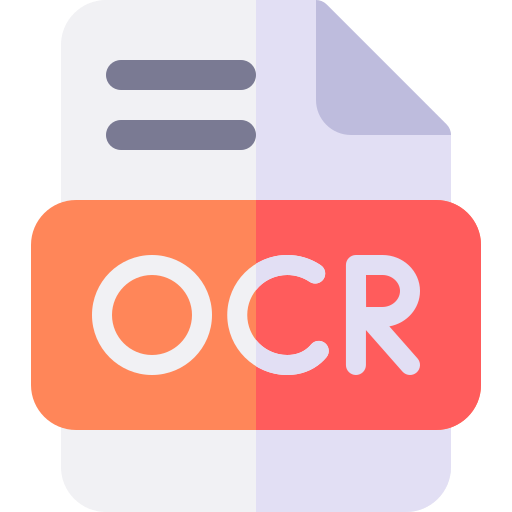Arabic CRNN based OCR
Welcome to our project, where we are pioneering Arabic Optical Character Recognition (OCR) using deep learning technologies! We are employing a deep Convolutional Recurrent Neural Network (CRNN) and enhancing it with Connectionist Temporal Classification (CTC) loss. The combined power of CRNN and CTC provides a robust way to recognize Arabic text from images, even handling the complex Arabic diacritics!

Completion Date: June 2023 | Tools: TensorFlow, Flask

Introduction
The Arabic CRNN-based OCR project introduces an innovative approach to Optical Character Recognition (OCR) for the Arabic language. By utilizing a deep Convolutional Recurrent Neural Network (CRNN) coupled with Connectionist Temporal Classification (CTC) loss, this project sets a new benchmark for recognizing and segmenting Arabic text within images, a task notably challenging due to the unique characteristics of Arabic scripts, including complex diacritics.
The Challenge
- Complex Arabic Scripts: The Arabic language’s rich and intricate script, with various diacritical marks and ligatures, makes OCR a highly challenging task.
- Segmentation Issues: Accurately segmenting lines and words from images requires a sophisticated approach, especially when dealing with historical and handwritten texts.
- Variability of Sources: Arabic texts appear in various formats, styles, and contexts, necessitating a versatile OCR solution capable of handling diverse sources.
- Accessibility of Arabic Literature: A significant portion of Arabic literature, both historical and modern, remains undigitized and inaccessible to a global audience.
What We Did to Solve the Challenge
- Utilized Deep CRNN with CTC Loss: Combining CRNN with CTC loss enabled the accurate recognition of Arabic text, handling even the complex diacritics.
- Incorporated Segmentation Algorithm: A specially designed segmentation algorithm ensured precise line and word segmentation, enhancing the accuracy of the OCR process.
- Multi-Source Training: By training the model on diverse sources, from printed books to handwritten manuscripts, we ensured that it could handle a wide range of Arabic texts.
- Continuous Iteration and Improvement: Ongoing fine-tuning and optimization of the model helped in achieving the desired accuracy and efficiency, making it suitable for various applications.
Impact and Conclusion
The Arabic CRNN-based OCR project brings significant implications and potential transformations to various domains:
- Revolutionizing Digital Humanities: Researchers and scholars can now access a vast array of previously unreachable Arabic literature, opening new doors in literary studies, history, and cultural analysis.
- Enhancing Automated Document Processing: Businesses and organizations can leverage this OCR technology for efficient document processing, supporting Arabic-speaking regions in digital transformation efforts.
- Preserving Cultural Heritage: By digitizing historical and culturally significant texts, this technology plays a role in preserving and sharing the rich heritage of the Arabic world.
- Bridging Language Barriers: The accessibility of Arabic texts through this OCR solution can enhance cross-cultural understanding and promote a broader appreciation of Arabic literary traditions.
- Supporting Education and Accessibility: The project can be pivotal in creating educational resources and making Arabic texts accessible to visually impaired individuals through text-to-speech technologies.
The Arabic CRNN-based OCR project is a remarkable milestone in the field of Arabic language processing. By addressing the complexities of Arabic script and finding innovative solutions through deep learning, it demonstrates the capabilities of AI in understanding and preserving linguistic diversity.
This project not only offers practical solutions for various industries but also celebrates and deciphers the beauty of Arabic scripts, connecting a rich literary tradition with the digital age. The ripple effects of this innovation are likely to be felt across educational, cultural, and commercial sectors, embedding the Arabic language more deeply into the global digital landscape.
